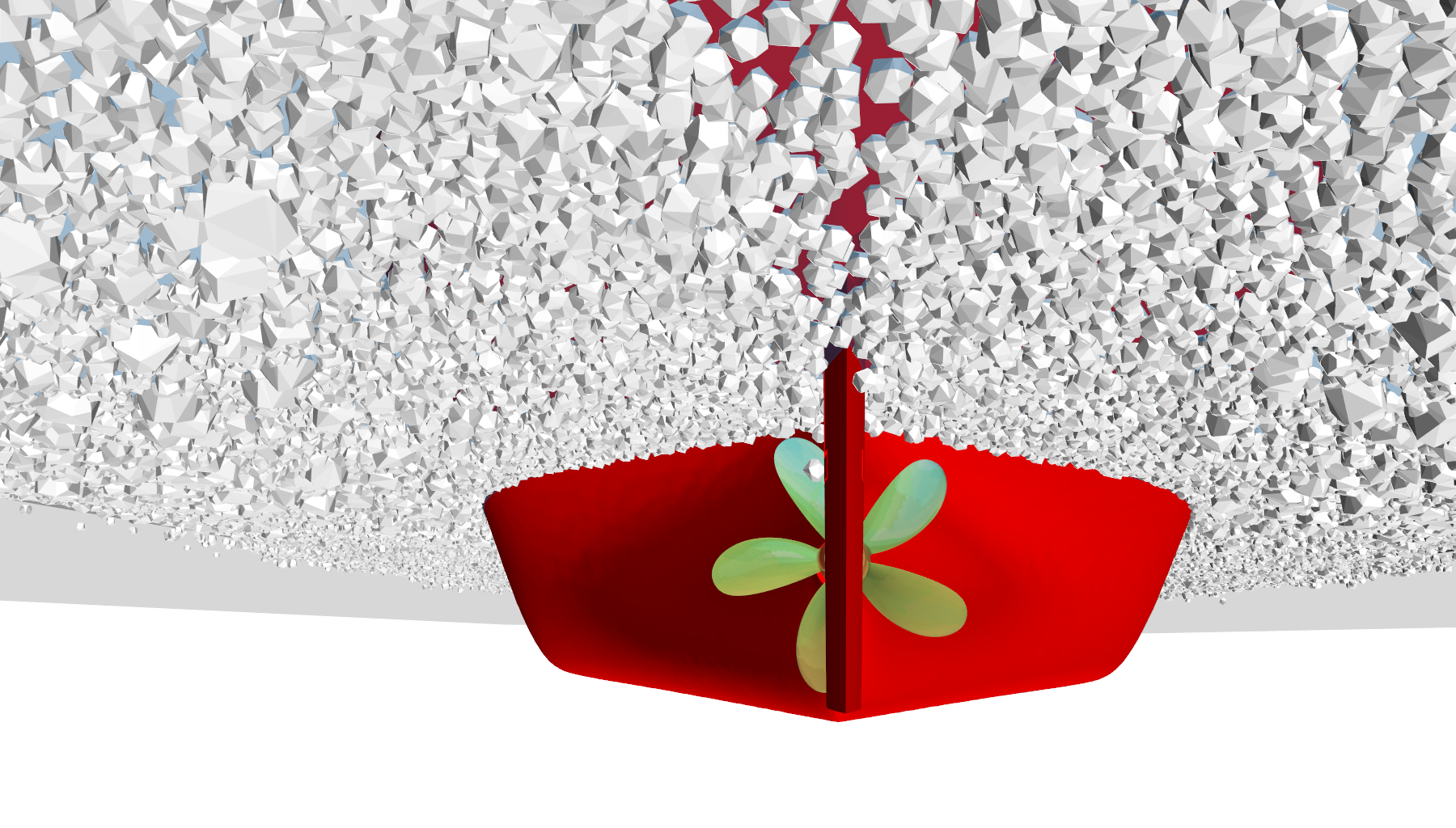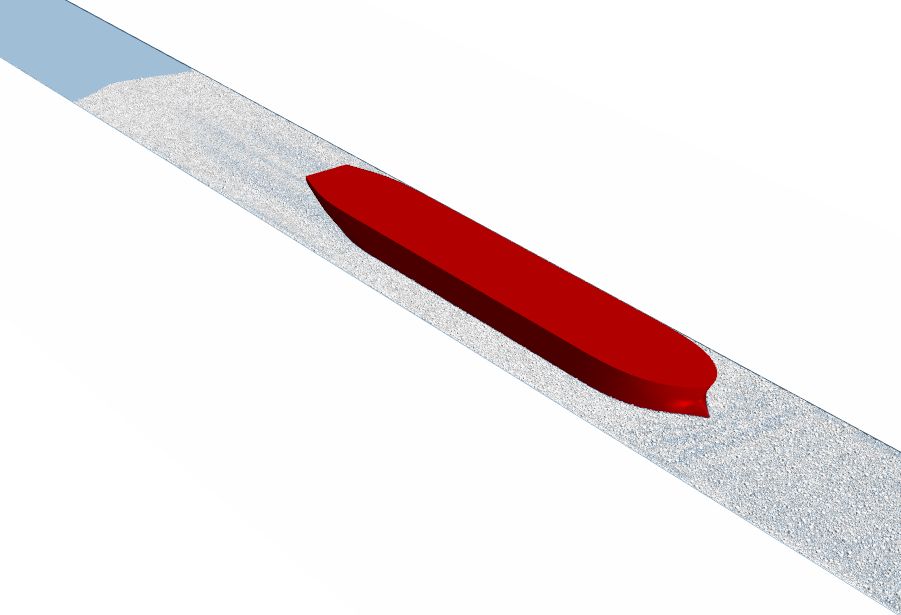[Event] Ship-ice interaction at SNAME Maritime Convention 2019

With the increase in exploration of gas and oil reservoirs in arctic environments, and the opening up of arctic sea trade routes, vessel designers and operators need a greater understanding of ship-ice interaction. These challenging operating conditions can have a significant effect on the minimum power requirements and structural strength requirements of a vessel.
Until now, prediction of these requirements has relied almost exclusively on physical experiments. Now, however, the advance of CFD is enabling engineers to efficiently explore ship-ice interaction in a virtual environment. Discrete Element Modeling (DEM), a method for the modeling of the collective dynamics of a large number of particles, can be used to consider ice for the simulation of flows around ships or offshore structures. CFD is particularly useful when studying interaction effects because of the complete control over defined operating conditions. As well as this, metrics can be computed separately based on various effects, e.g. the decomposition of resistance into hydrodynamic, aerodynamic, contact and interaction forces. This gives greater confidence in predictions.

At the SNAME Maritime Convention 2019, Philipp Mucha will present a general computational framework for the simulation of ships advancing through brash ice, using Simcenter STAR-CCM+. Philipp’s paper shows how the DEM model was applied to predict ice-induced resistance of a bulk carrier and explore implications for propulsion and structural responses. The study demonstrates the capabilities for the simulation of ship-ice interactions, including relevant sensitivity studies on material properties, packing density of brash ice, boundary conditions, the degree of coupling of CFD to DEM and implications for computational cost.
If you are joining the SNAME Maritime Convention 2019, attend Philipp Mucha’s talk and learn how CFD can be coupled to the Discrete Element Method to conduct hydrodynamic analysis of a ship advancing through ice. Also visit our exhibit area to learn more about Simcenter solutions for marine performance.
If you can’t attend the event, you can find out more about our hydrodyamics solutions here. And watch our video to see our full range of simulation areas.


